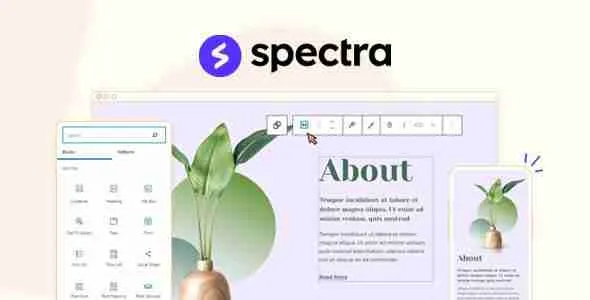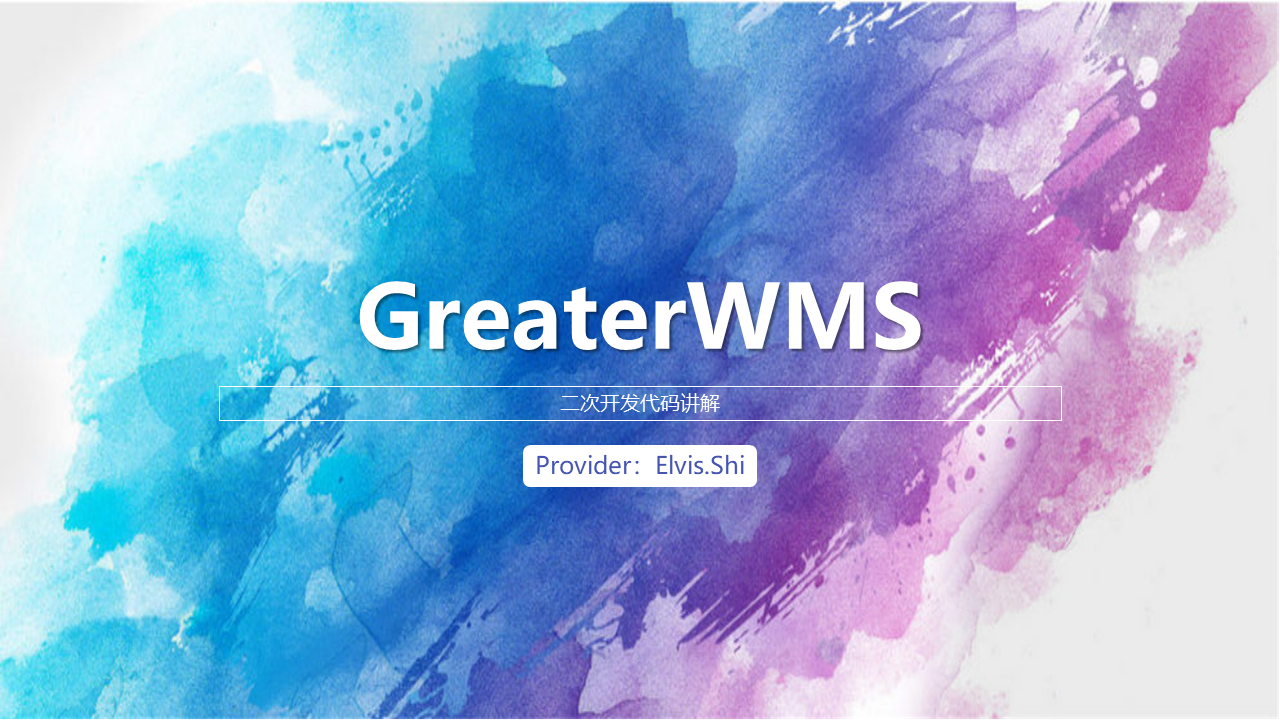Gutenberg-First, Performance-Minded, Client-Proof

This is not a feature parade. It’s a practical handbook for teams that want to ship credible marketing pages, resource hubs, and product sites without inheriting a second front-end framework. Spectra Pro — Visual Website Builder Plugin is a Gutenberg-first toolkit that helps you assemble real layouts, keep performance budgets, and protect your design system from accidental “pixel adventures.”
Why Spectra Pro, in Plain English
If you’ve been burned by drag-and-drop stacks that secretly inject megabytes of CSS/JS, Spectra Pro is the opposite: it extends the block editor you already use. You get production blocks (containers, grids, posts, CTA, forms, tabs, accordions, pricing tables), design tokens, responsive controls, and smart presets—without bootstrapping a parallel page builder. The result:
- Fewer render layers to debug.
- Fewer plugin conflicts.
- Fewer surprises when WordPress updates core blocks.
- Pages that stay fast even when marketing moves quickly.
The Mental Model (So You Don’t Fight the Tool)
- Blocks as primitives: container → row → column → content.
- Tokens over hex codes: color + type + spacing decisions live at the global level.
- Presets as contracts: choose a heading/card/button preset once; editors reuse it everywhere.
- Conditional assets: blocks load only what they need, where they’re used.
- Responsive up front: breakpoints and visibility are part of every block, not bolted on later.
Treat Spectra Pro like a design system generator, not a toy box.
Design System, in 30 Calm Minutes
1) Typography
- One sans (Text) + optional display font (Headlines).
- Set root
font-sizeand line-height in Global Styles. - Make H1–H4 sizes predictable across viewports (desktop/tablet/mobile).
2) Color Roles
- Primary (CTA & links), Secondary (alt accents), Neutral (copy & UI), Background, Surface (cards), States (success/warn/danger).
- Map brand colors to roles; avoid random hex in blocks.
3) Spacing & Radius
- 8-point scale (8/16/24/32/48).
- One corner radius and one shadow recipe; reuse or don’t use shadows.
4) Presets to Lock
- Buttons (primary/secondary), Cards (surface + padding + shadow), Headings (H2/H3), Inputs (height + border + focus).
- Save these as Spectra presets so editors can’t drift.
You’ve just prevented 80% of “Why does this page look different?” tickets.
Performance Budget (Write It on Your Wall)
- LCP < 2.5 s and INP < 200 ms on a mid-tier phone.
- Hero ≤ 2000 px desktop (~≤180 KB), ≤1280 px mobile; use WebP/AVIF when possible.
- Fonts: max two weights; self-host;
font-display: swap. - Reserve image ratios to keep CLS ≈ 0.00.
- Load only the blocks you use; no global sliders for a single page.
Spectra Pro’s conditional loading helps, but discipline wins the day.
Measuring What Matters (Not Vanity)
- Time to First Meaningful Action (click on primary CTA, filter used, first scroll depth).
- Conversion from top landing pages (control vs. Spectra versions).
- Core Web Vitals on mobile (field data).
- Editor throughput (pages published/week) without design drift.
If the numbers move and the site stays fast, you’re doing it right.
A Quiet Note on Sourcing & Updates
Keep staging and production in lockstep—same plugin versions, same presets—so marketing changes don’t trigger layout roulette. A curated catalogue like gplpal keeps releases predictable and rollbacks painless while you focus on copy, offers, and speed.
Final Word
Spectra Pro is a rare mix: a visual builder that respects Gutenberg, a design-system helper that respects engineers, and a page toolkit that respects the clock. Decide tokens, save patterns, keep your budget visible, and ship pages that read clearly on a phone. You’ll spend less time rescuing layouts and more time publishing work you’re proud of.






